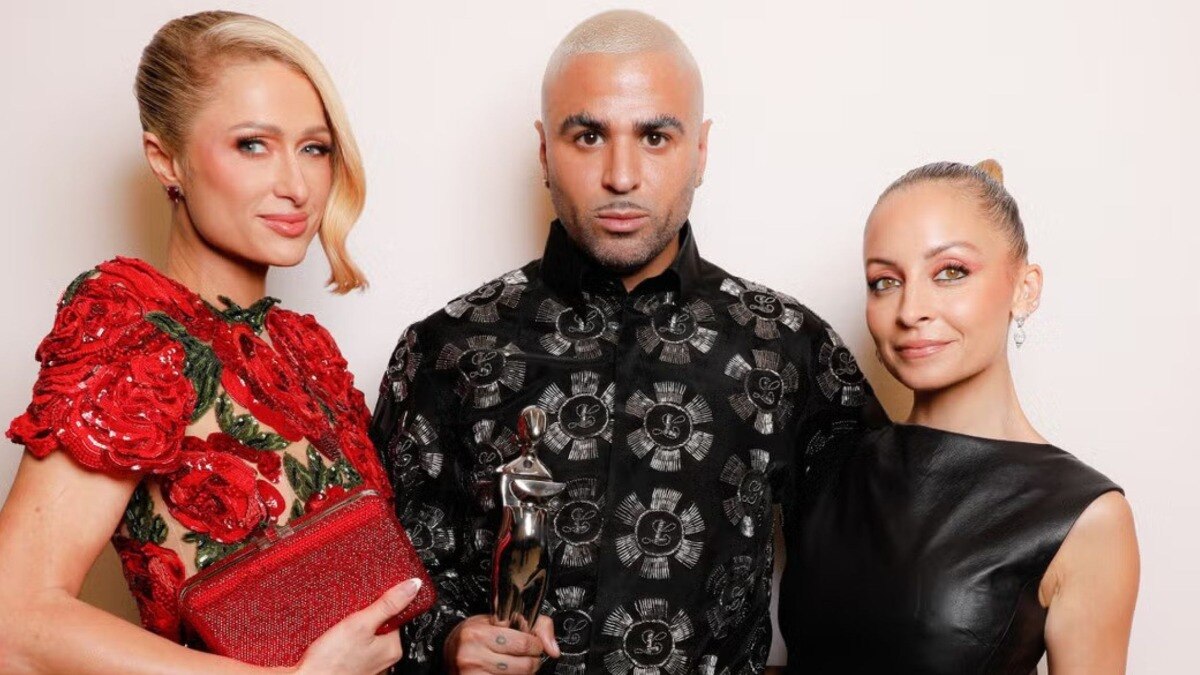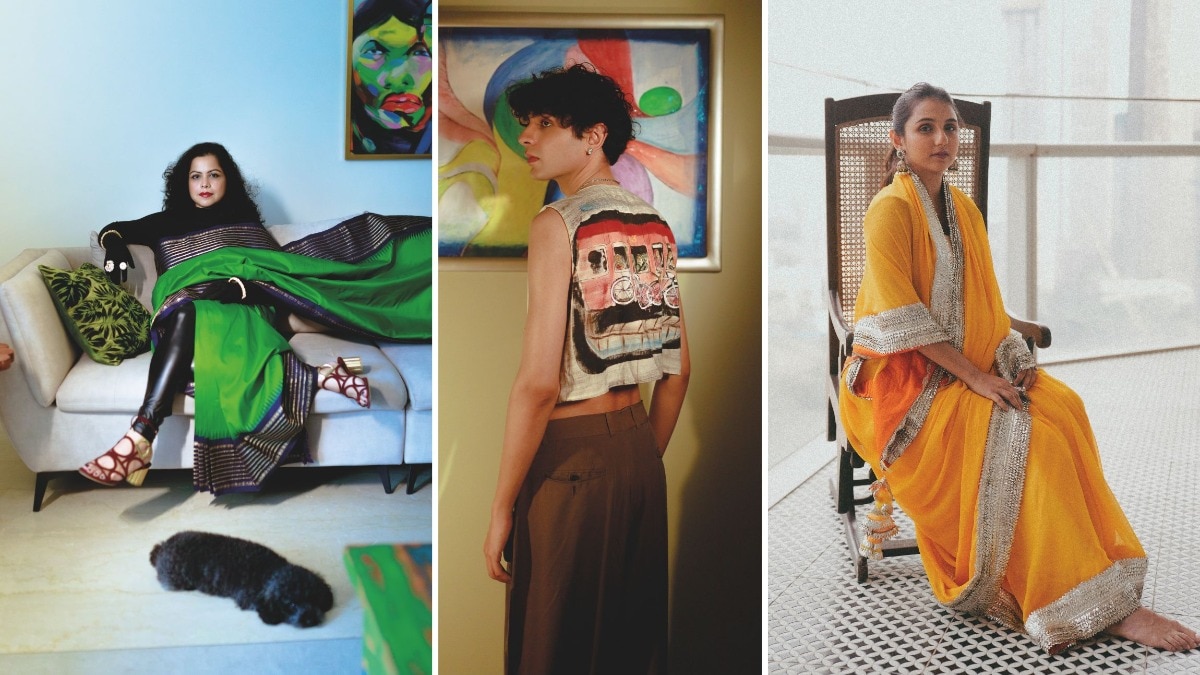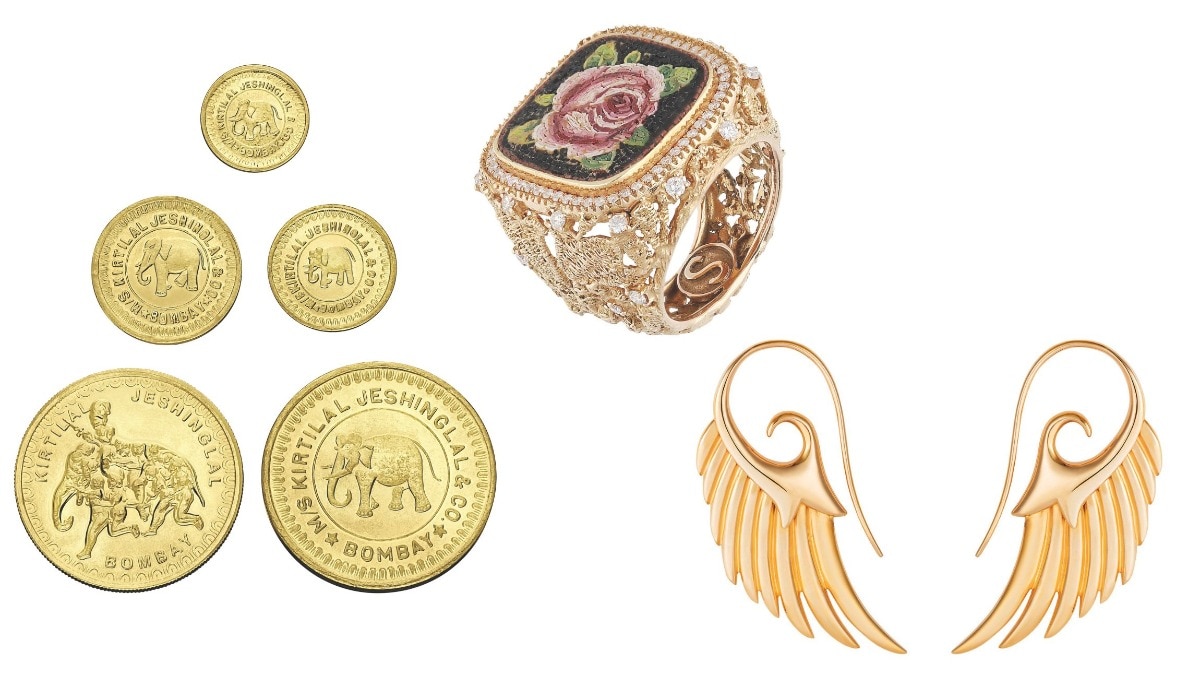Indian labels that are paving the way for an eco-friendly world
Bazaar India speaks with homegrown brands that help recycle and upcycle one’s closet.


The resounding cry for recycling clothes has garnered many Likes and nods of approval from across the world, but how does the daily consumer recycle their clothes within India? For starters, there is no formal system for collection and segregation for post-consumer waste in the country. But there is movement. For instance, designer Kriti Tula of Doodlage’s recent venture, Phirlo, welcomes all consumers to send their old clothes to the brand—the design house will do the first round of segregation, send items to recycling units, and even sell what can be resold. “It’s essential to implement a sorting system for recycling units in India to help recycle post-consumer waste. Currently, sorted post-consumer waste from the rest of the world is recycled in India,” Kriti shares. However, she suggests that responsibility begins from the very first level of purchase and consumption. “Consume slowly by buying versatile styles that you’ll wear for a long time. Also, consider recyclable materials when shopping—currently, blended fabrics and polyester in our garments cannot be recycled. All natural materials are recyclable—viscose, cotton, and wool, to name a few. In addition, consider reusing and thrifting to increase the life of each product,” the Delhi-based designer adds.

Her brand encourages consumers to convert their saris into garments and other products to increase their longevity. “We upcycle fabric waste from factories to create new styles. The process doesn’t involve any resource-intensive machine to break down material. The recycled fabric is woven on handlooms, namely, certified recycled yarn that is made from post and pre-consumer waste from within India. The process includes shredding material back to the fibre stage, adding cotton or recycled polyester to add strength, and weaving it back,” she informs.
Today we are discarding clothes at a faster rate than what landfills can hold. The waste mountains in cities like Delhi are a testimony to the problems that exist in the fast fashion industry. Ashita Singhal, founder of Paiwand Studio (a Noida-based design studio that upcycles textile waste) observes that the repurposing of old clothes is an impactful nudge to increase the life of a product. “At Paiwand, we believe that conscious buying is the first step to reducing clutter as a consumer. Making the user fall in love with the garment they are wearing is an essential part of the design process at our studio. If there is an emotional connect to a piece of clothing, users are bound to put in more effort to prolong its life cycle,” she quips.
Ashita suggests multiple ways to recycle clothes, like buying versatile clothing and innovative styling. “The problem of textile waste is a systemic issue, of which the consumers are a major stakeholder. Consumer awareness and readiness to take action helps in creating a ripple effect,” suggests Ashita. She believes that donations certainly shift the burden of recycling from the users to “organisations like Khamir and Sirohi, who create interesting products while employing artisans. Platforms like Reloved are also sustainable alternatives to buying new clothes.” This, she considers, is a two-pronged approach: it makes the process of waste management smoother, and also helps in reducing the carbon footprints of all the stakeholders involved.

Designer Rina Singh of Eka also makes use of many of the label’s old textiles in her new collections. The core collections from Eka are created from old archival stock of the design house that is converted into new, repurposed styles for men and women. These pieces are consciously made trans-seasonal and more mono-tonal for longer functional usage. In fact, Rina suggests that 75 percent of your wardrobe should not be governed by trends but styles that can be rotated and layered to create new styles. “This way, you would end up recycling for years. There is never a delete button—of course, barring changes in shape and sizes,” suggests Rina.
She recommends investing in vintage pieces as well, to add a unique spin to your style. “Whenever I travel, I shop at stores like Cat Street in Tokyo that’s known for its pre-loved shops, Kiliwatch in Paris, and several such boutiques in Brooklyn,” Rina shares.
Péro by Aneeth Arora is another brand that has been consciously adding limited-edition recycled pieces to its collection every season. Years ago, the brand launched an upcycling exercise where it encouraged people to share an intriguing story of a piece from their closet, which they upcycled for them. “In India, people have a mind-set that pieces are only relevant to certain occasions. Once we remove those boundaries and start mixing and matching styles, they can be worn in different ways for other occasions too. If you are unable to do it yourself then there are a lot of designers who offer this service. In fact, many brands have begun upcycling such that consumers can approach them with garments they love and the brands can give them a new lease of life,” suggests Aneeth.
Aneeth recounts how years ago there was a godown shutting down in New York and she took over their entire stock of beautiful trench coats—that season, péro showcased an array of upcycled trenches. The designer also suggests taking cues from consumers in villages. “If something gets torn, they patch another piece of fabric on top of it, or stitch on a new button that may not match the original style. It is in the Indian culture to reuse.”

Recycling, however, is not a cheap proposition. As a result, brands like Vaishali S follow a zero-waste policy. The furniture at her label’s Kala Ghoda store boasts old doors, and all of the brand’s leftovers were used to make accessories and interior products. “Just like we do with our productions, leftovers or old collections’ pieces can be converted into accessories or even styled differently. Circularity has always been the core principle of my work, just the way it is in Indian villages,” Vaishali explains. “We have been taught since childhood to upcycle fabrics that are torn or worn out. These days, there are also various companies that will recycle your old garments for you. But let’s not forget that the quality of our hand weaves is so good that these pieces can easily become heirlooms and passed down the generations. To continue this tradition, we upcycle our old garments and even repurpose or re-style them for our clients, if asked for,” says Vaishali.
Of the 100 billion garments created every year, 92 million tonnes end up in landfills. If this continues, the fashion waste is expected to soar up to 134 million tonnes a year by the end of the decade... A grim reminder to make a change immediately.










